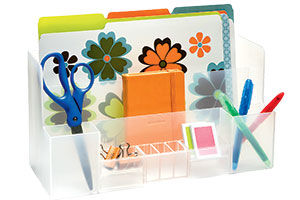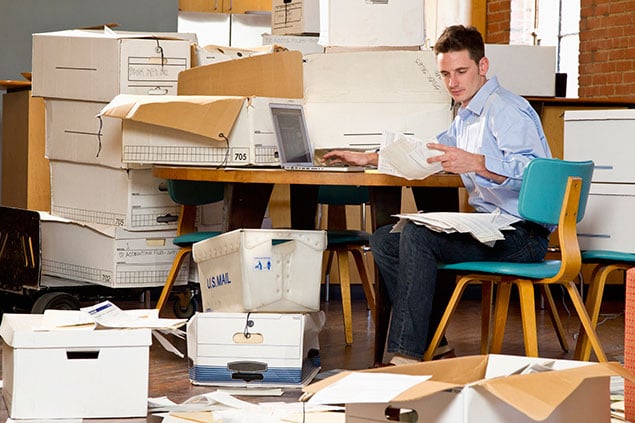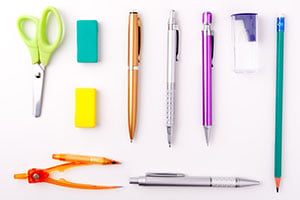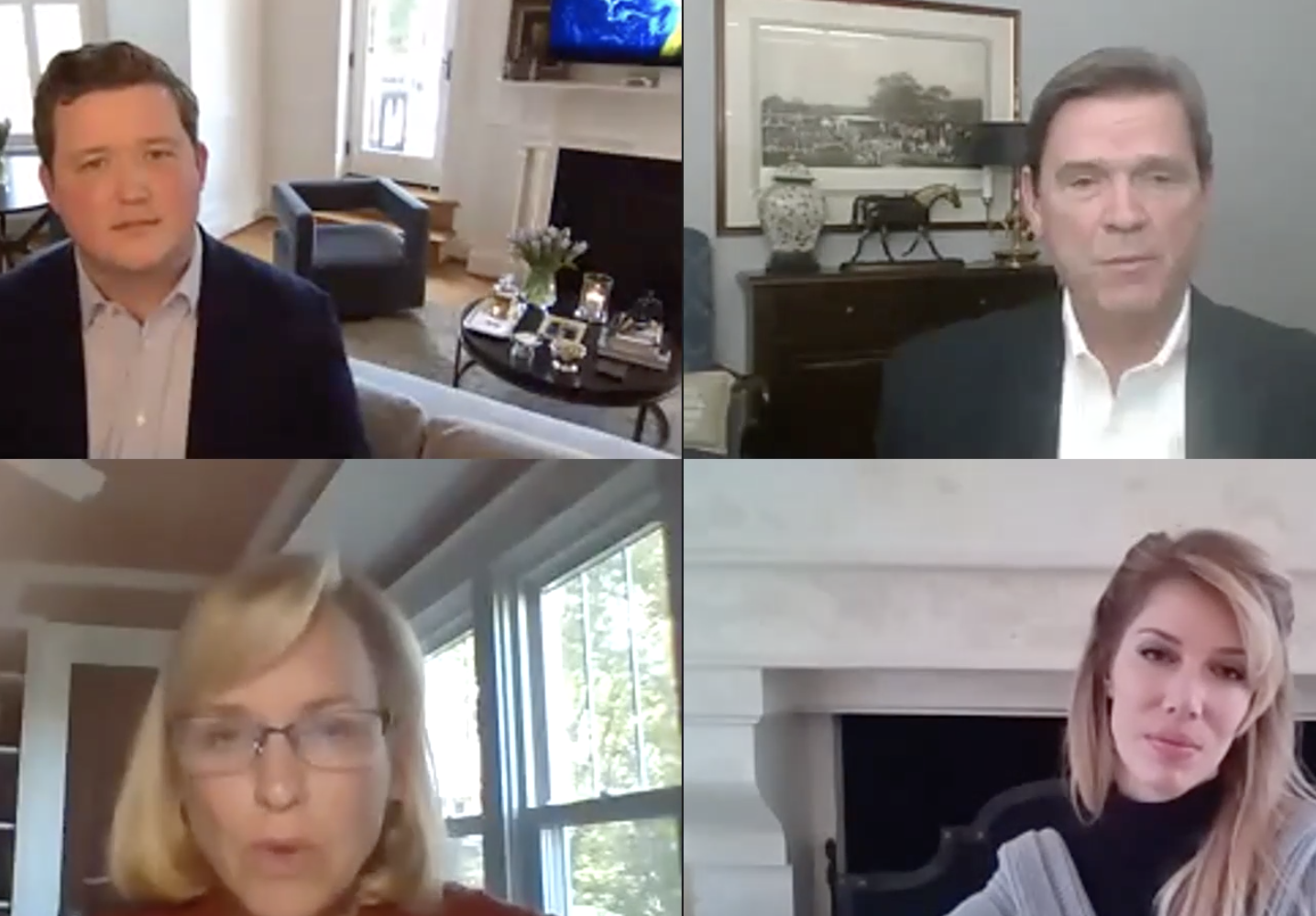When I recently moved my home office from one room to another,
I wanted a fresh start. I had cleaned out the drawers in the office as
often as I clean the trunk of my car—which is to say never.
I’m the kind of person who, if given an appealing
organizational system, will use it. But I don’t have the skills—or
desire—to come up with that system on my own.
When a friend alerted me to a LivingSocial deal of $75 for
three hours of a professional organizer’s time, I pounced. I hoped that a
more organized office would increase my productivity as well as create a
calmer working environment. Local organization experts say that theory is
sound.
“Being organized physically gives you a lot more space mentally
to function,” says Rachel Strisik, owner of Rachel and Company, an
organization firm in Bethesda. “Seeing physical clutter creates mental
clutter.”
My designated declutterer, Flavia Campos, founder of DC-based
Soothing Spaces, has some questions for me as we spend the first stage of
the process emptying every drawer in the room. “Why do you have three
staplers?” she asks. Campos tosses two of them into a trash bag labeled
“donation.” Her other bags are earmarked for garbage and for items to move
to other rooms.
I expected this initial sorting to take up all of our time, but
it goes by surprisingly quickly. Plus it unearths some pleasant surprises
(“So that’s where my Gonzo Pez dispenser keychain went!”) and some giddy
ones (“There’s still Pez in it!”).
My biggest dilemma is figuring out what to do with my office
supplies, which were stuffed in a file cabinet drawer that had become
haphazard and impossible to navigate. It turns out I’m not alone. DC
organizer Scott Roewer, winner of the National Association of Professional
Organizers’ 2012 Founders’ Award, the industry’s highest honor, once
discovered 25,000 paper clips in a client’s home office. The client would
buy boxes from Costco, lose track of where he put them, then purchase a
new box.
If you ask local organization experts what most clients’
biggest challenge is, without hesitation they’ll tell you it’s the
paper.
“People in Washington save papers here more than in other
cities, even newspapers,” Strisik says. “Not that they’re more old-school,
but they’re education-based—their knowledge basically comes from books or
other physical things and they want to hold onto the physical
paper.”
Paper clutter is the result of “delayed decisions,” Roewer
says. When people don’t know what to do with a document, they simply set
it down anywhere. “A few snowflakes are fine, but when you don’t shovel
the driveway it piles up,” he says. “Ask yourself, ‘What’s going to be my
rule? Do I need to save receipts? Am I truly going to reconcile them with
my credit-card statements?’ If people stop the inflow of things, they’re
going to be miles ahead.”
To corral my papers, Campos suggests I buy a nice basket to
place under my desk for my “to shred” pile. For my desktop surface, I find
an interesting wooden organizer at World Market that can separate mail
from urgent work.
My mountain of office supplies requires a multipronged
approach. Campos makes use of a closet to hide a four-drawer cart in which
I was storing some papers. We file the papers elsewhere and instead
organize half of the supplies into the drawers. Campos has—and loves—a
label maker; she labels each drawer so I can easily locate supplies. For
the rest of them, Campos recommends installing a shelf at eye level in the
closet to maximize storage space and keep supplies out of sight until I
need them. I’m able to do this myself after a quick trip to Home
Depot.
By the end of the session, we’ve conceptualized a place for
every item in the office. By the end of the weekend, I’ve put everything
away. And by Monday, I’m happily back at work—with a clearer mind, a
calmer outlook, and a now-empty Gonzo Pez dispenser watching over me from
a newly organized bookcase.
I was storing some papers. We file the papers elsewhere and instead
organize half of the supplies into the drawers. Campos has—and loves—a
label maker; she labels each drawer so I can easily locate supplies. For
the rest of them, Campos recommends installing a shelf at eye level in the
closet to maximize storage space and keep supplies out of sight until I
need them. I’m able to do this myself after a quick trip to Home
Depot.
By the end of the session, we’ve conceptualized a place for
every item in the office. By the end of the weekend, I’ve put everything
away. And by Monday, I’m happily back at work—with a clearer mind, a
calmer outlook, and a now-empty Gonzo Pez dispenser watching over me from
a newly organized bookcase.
 Items to Organize Your Office |




















